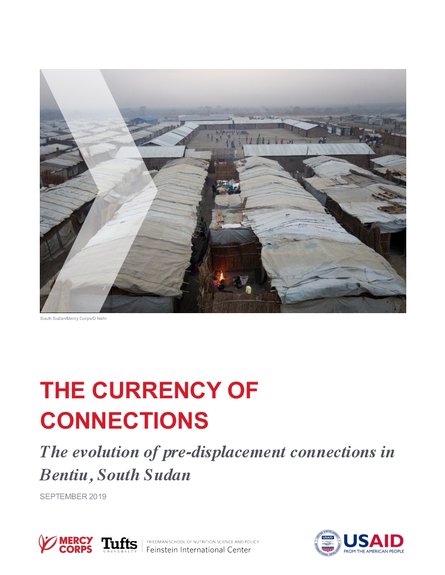
This briefing paper examines changes in social connectedness in the Bentiu Protection of Civilians site and surrounding town. We pay particular attention to the evolution of pre-displacement connections, as well as people’s strategies for establishing new bonds with neighbors, friends, and those pursuing similar livelihood activities.
These issues are significant for humanitarian practitioners, decision-makers, and researchers. First, our analysis sheds light on people’s own strategies of forming, preserving, and shifting their types and sources of social connectedness. It thus fits within a growing body of work on collective self-help during conflict and in its aftermath, offering a different lens on the localization of humanitarian response. Second, it is essential for humanitarians to understand those strategies in order to ensure that interventions do not undermine them and, instead, serve to reinforce existing coping strategies. Third, this discussion highlights the need to understand humanitarian crises not only at the level of individual harms suffered or household activities, but also at multiple levels of local systems. In this case, we focus on social connections within and across kinship networks, ethnicity or clan, gender, age, or livelihood activity.
We draw from interviews and focus group discussions conducted between December 2018 and March 2019 with displaced residents to highlight the changes these people have observed in their social networks, as well as sources and forms of material and non-material support, since their displacement.
This paper is part of an OFDA-funded partnership between Mercy Corps and the Feinstein International Center at Tufts University to examine changes to social connectedness for conflict-affected South Sudanese in South Sudan and Uganda.